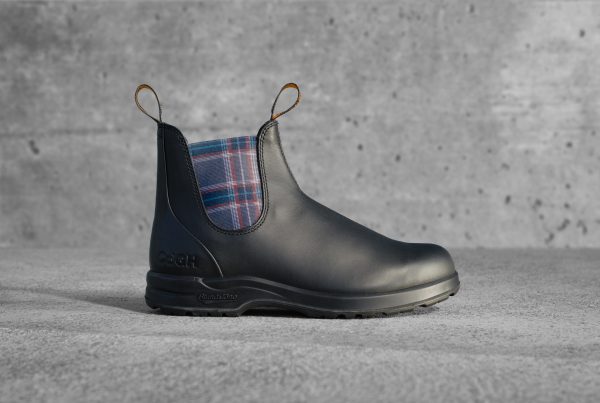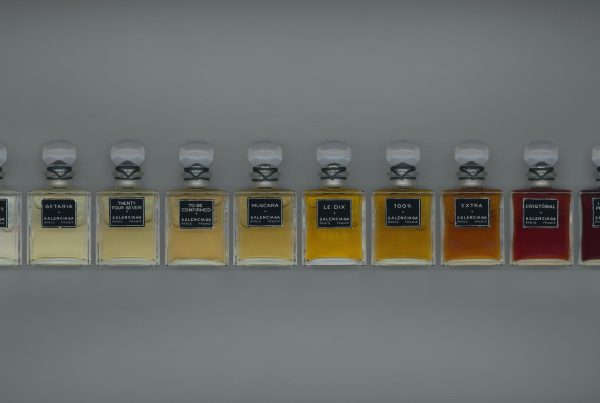In a field where trends can emerge and vanish in a flash, fashion brands need to stay at the forefront, not only in aesthetics but also in technology and processes. Product Lifecycle Management (PLM) software has emerged as an essential tool in attaining this flexibility. The global apparel market is expected to rise from $1.80 trillion in 2025 to $2.97 trillion by 2033, leading brands to increasingly depend on PLM to enhance their processes and improve efficiency, thereby facilitating substantial revenue growth. As we uncover the facets of PLM’s impact, let’s examine how this technology alters the progression from a doodle on a napkin to an item on a retail shelf.

Concept Development and Ideation
PLM begins its role at the very start of the fashion life cycle: concept development. Here, it acts as a centralized repository for all creative content, which allows designers to manage and refine their ideas effectively. It enables fashion teams to capture inspiration from various sources, track emerging trends, and align their designs with market expectations. From initial sketches to final designs, fashion PLM software organizes and stores all creative assets, enabling designers to build upon initial concepts and iterate quickly. Additionally, it supports version control, ensuring that teams can revisit earlier ideas and track design evolution over time without confusion.
Design and Development
Moving from concept to design, PLM software shows its strength in managing intricate details across various stages of product development. It helps in selecting materials, finalizing designs, and creating prototypes efficiently. Thanks to integrated support for CAD software, designers can directly bring in and alter technical drawings within the system, minimizing the chances of mistakes and miscommunication.
This system not only keeps comprehensive design data but also enables simple updates and alterations, helping to decrease time-to-market and permitting designers to quickly adapt to evolving market trends or feedback. By optimizing design approvals and automating processes, PLM facilitates smooth transitions among departments, reducing bottlenecks that may hinder production.
Collaboration and Vendor Management
A key function of PLM is to improve collaboration worldwide. It links designers to suppliers, manufacturers, and various stakeholders by offering a unified platform for communication and sharing information. This immediate connectivity helps remove barriers between teams, guaranteeing quicker response times and enhanced precision in order fulfillment.
This guarantees that all participants in the process have a shared understanding, which is vital for upholding consistency and quality among products. The software enables monitoring of supplier performance and compliance, guaranteeing alignment with industry benchmarks and ethical sourcing standards.
Sourcing and Costing
Efficiency in sourcing materials and managing costs is another advantage offered by PLM. The software provides tools that help fashion companies compare suppliers and costs effectively, ensuring that they can make informed decisions about where to source materials. By integrating supplier databases and procurement workflows, PLM simplifies the sourcing process, allowing teams to evaluate cost efficiency while maintaining product quality.
Additionally, by integrating real-time data, PLM enables companies to optimize their quality and cost without compromising on the standards. Automated costing calculations provide clear insights into profit margins, helping brands stay financially competitive in a demanding market.
Sample Management and Quality Control
In the sample management phase, PLM tracks the progress of various samples, recording revisions and feedback to ensure that the final products align with the design vision and quality standards. The system allows for detailed tracking of material tests, fit sessions, and compliance checks, ensuring every sample meets regulatory requirements before mass production begins.
The software’s ability to manage multiple iterations and incorporate immediate feedback helps in maintaining high standards of quality control throughout the lifecycle of the product. By centralizing feedback from multiple departments, PLM accelerates sample approval cycles and reduces costly rework.
Production and Time-to-Market
PLM supports fashion brands in scheduling and tracking all phases of the production process, ensuring that products are manufactured and delivered on schedule. Comprehensive production planning tools enable teams to distribute resources effectively and anticipate potential obstacles before they arise.
By enhancing workflow management and offering real-time updates, PLM assists brands in shortening their time-to-market, allowing them to seize current trends more efficiently. The software’s connection with production sites enables real-time monitoring of progress, guaranteeing timely delivery while upholding quality standards.
Sales and Distribution
Ultimately, PLM plays a crucial role in planning distribution strategies and managing inventory. The information stored within PLM systems helps predict market demand and planning appropriate production volumes, which helps prevent overproduction and understock scenarios, thus optimizing the sales and distribution process.
By leveraging demand forecasting tools, PLM enables fashion companies to synchronize their production plans with evolving consumer buying habits. This alignment decreases the likelihood of excess inventory, which frequently leads to significant markdowns and lower profitability.

Final thoughts
The fashion sector functions in a landscape where trends evolve swiftly and consumer tastes fluctuate unexpectedly. PLM software acts as a vital tool for companies looking to retain agility and competitiveness. It optimizes operations across the entire product lifecycle—from initial design concepts to final distribution—allowing brands to respond to market demands with greater speed and accuracy. In an industry characterized by constant evolution, adopting PLM technology is fundamental for brands seeking to sustain relevance and operational efficiency.





























































